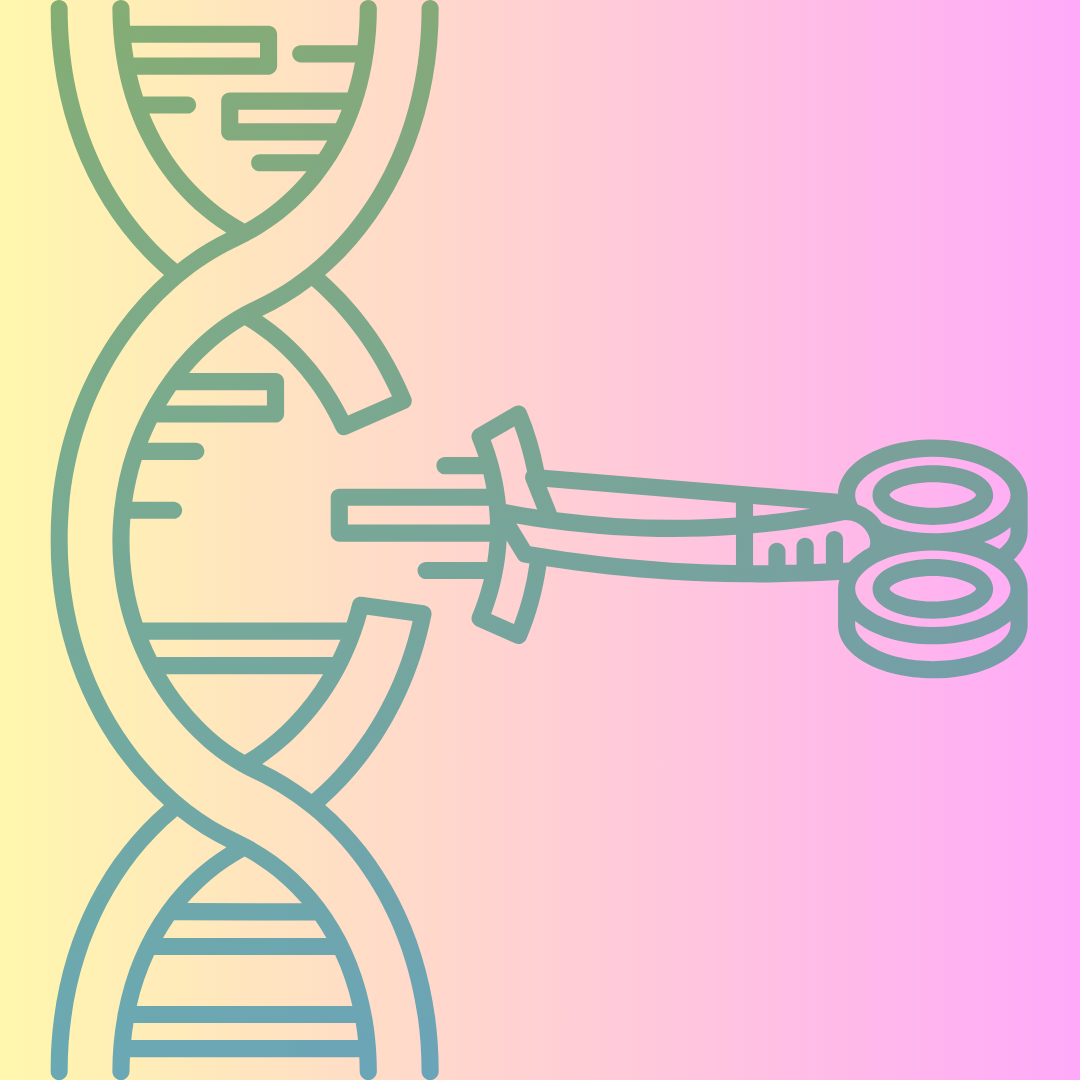Editing fetal genomes is on the horizon − a medical anthropologist explains why ethical discussions with the target communities should happen sooner rather than later
By Julia Brown,
The Conversation
| 08. 16. 2024
With their primary goal to advance scientific knowledge, most scientists are not trained or incentivized to think through the societal implications of the technologies they are developing. Even in genomic medicine, which is geared toward benefiting future patients, time and funding pressures make real-time ethics oversight difficult.
In 2015, three years after scientists discovered how to permanently edit the human genome, U.S. scientists issued a statement to halt applications of germline genome editing, a controversial type of gene editing where the DNA changes also transfer to the patient’s future biological descendants.
The scientists’ statement called for “open discussion of the merits and risks” before experiments could begin. But these discussions did not happen.
By 2018, at least two babies had been born from germline editing with embryos that had been genetically modified in China. With no preemptive ethics or clear regulatory guidance, you get the occasional “cowboy scientist” who pushes the boundaries of experiments until they are told to stop.
After finding out about the babies, scientists continued to talk – but mostly among themselves...
Related Articles
By Aisha Down, The Guardian | 11.10.2025
It has been an excellent year for neurotech, if you ignore the people funding it. In August, a tiny brain implant successfully decoded the inner speech of paralysis patients. In October, an eye implant restored sight to patients who had...
By Jessica Hamzelou, MIT Technology Review | 11.07.2025
This week, we heard that Tom Brady had his dog cloned. The former quarterback revealed that his Junie is actually a clone of Lua, a pit bull mix that died in 2023.
Brady’s announcement follows those of celebrities like Paris...
By Heidi Ledford, Nature | 10.31.2025
Late last year, dozens of researchers spanning thousands of miles banded together in a race to save one baby boy’s life. The result was a world first: a cutting-edge gene-editing therapy fashioned for a single person, and produced in...
By Lauran Neergaard, AP News | 11.03.2025
WASHINGTON (AP) — The first clinical trial is getting underway to see if transplanting pig kidneys into people might really save lives.
United Therapeutics, a producer of gene-edited pig kidneys, announced Monday that the study’s initial transplant was performed successfully...




